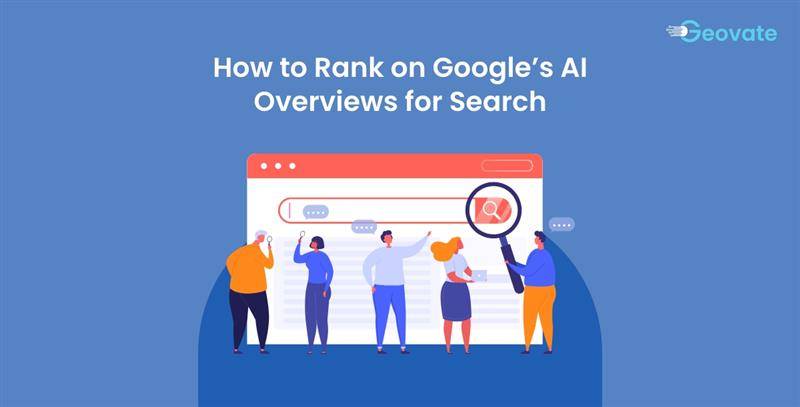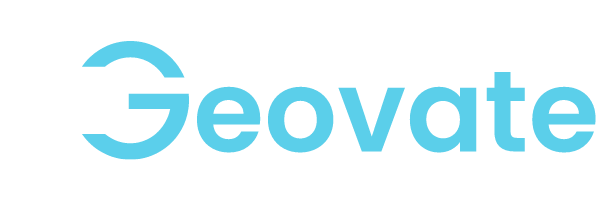How to Rank in Google AI Overview
Fri,01 Aug 2025 13:49:00- Font Size
- Share Content

In an era where search results are evolving, Google AI Overviews have become a game-changer for content visibility and user engagement. These AI-powered snippets present concise answers right at the top of search pages, making them a prime real estate for your content. With users seeking instant insights, optimizing for AI Overviews can significantly boost click-through rates, authority, and organic traffic for your site.
By structuring your content around clear questions and concise answers—complete with lists, schema markup, and strategic keyword placement—you increase the chances of being featured. In this guide, you’ll learn how to rank in Google AI Overview, how to turn on Google AI Overview, and how to show up in Google AI Overviews, step by step. Follow these proven strategies to ensure your content stands out in the AI-driven search landscape.
What are Google AI Overviews and why do they matter?
Google AI Overviews are concise, on-page summaries generated by Google’s AI to answer search queries instantly. They compile the most relevant points from top-ranking pages and display them above traditional results. These overviews matter because they:
- Deliver immediate value to users seeking quick answers.
- Increase visibility by placing your content in a premium position.
- Drive higher click-through rates for pages featured in them.
How does Google’s AI Overview feature work under the hood?
Google’s AI Overview analyzes dozens of high-quality sources to identify common facts and themes. It then synthesizes these insights into a short, coherent paragraph displayed at the top of search results. Key steps include:
1. Crawling and indexing relevant pages for a query.
2. Extracting entities, statistics, and frequently mentioned points.
3. Generating a summary that matches user intent and query context.
4. Continuously refining the output based on user feedback and real-time performance data.
How to turn on Google AI Overview for your searches?
Activating Google AI Overview requires the latest Google app or Chrome browser. Navigate to Settings → Search → Web & AI enhancements, then toggle on “AI Overview.” After enabling:
- AI Overviews appear automatically for supported queries.
- You can disable the feature anytime from the same menu.
- Ensure auto-updates are on to access the newest AI capabilities.
How to show up in Google AI Overviews: essential best practices?
To show up in Google AI Overviews, your content must clearly answer user questions. Focus on structured, scannable responses using headers and lists. Best practices include:
- Use question-answer formatting: Place each query as an H2 heading.
- Provide concise answers: Keep paragraphs under 80 words.
- Incorporate lists: Bullet or numbered lists highlight key steps or features.
- Semantic HTML & schema: Implement FAQ or HowTo markup.
How to rank in Google AI Overview through keyword strategy?
Ranking on Google AI Overview starts with precise keyword placement. Include primary and secondary keywords early in H2 headers and first sentences. Keyword tips:
- Use “how to rank on google ai overview” in at least one header.
- Mention “how to turn on google ai overview” and “how to show up in google ai overviews” naturally.
- Sprinkle related synonyms like “AI summary feature” and “search engine overviews.”
What content structure maximizes inclusion in AI Overviews?
A clear, logical content structure signals relevance to Google’s AI. Adopt a hierarchical layout with H2 questions followed by answers and lists. Structure elements:
1. Intro question and answer: Define the concept immediately.
2. Step-by-step sections: Guide users through processes with numbered lists.
3. Quick tips boxes: Use bold or italicized highlights.
4. FAQ section at the end: Address common sub-questions.
How can schema markup boost your AI Overview chances?
Schema markup provides explicit cues to search engines about your content’s purpose. Implement FAQPage, HowTo, and Article schema wherever applicable. Benefits of schema:
- Enhances understanding of question-answer pairs.
- Makes your content eligible for rich results and AI Overviews.
- Improves crawl efficiency by signaling important sections.
How to optimize on-page elements for AI Overviews?
Optimizing on-page SEO goes beyond keywords—it’s about clarity and depth. Ensure each page features:
- Descriptive, keyword-rich title and meta description.
- H2 headings framed as questions.
- Concise answers under 80 words.
- Internal links to related Q&A sections.
How to use internal linking to strengthen AI Overview signals?
Internal linking helps Google identify cornerstone content and topic clusters. Link related Q&A pages naturally within your answers. Use these link strategies:
- Descriptive anchor text matching target questions.
- Contextual placement—embed links in relevant list items.
- Link hierarchy—point from general overview pages to deep-dive answers.
What role do user engagement metrics play in AI Overviews?
Google uses engagement signals to refine which pages appear in AI Overviews. Key metrics include click-through rate, time on page, and bounce rate. To boost engagement:
- Pose intriguing questions in headers.
- Offer quick wins with bulleted lists.
- Include interactive elements like expandable tips or mini-quizzes.
How to monitor and iterate AI Overview performance?
Regular monitoring ensures your content stays optimized for AI Overviews. Use Google Search Console and analytics tools to track:
- Impressions labeled “AI summary.”
- Click-through rates for overview queries.
- Position changes over time. Frequent iterations based on data involve:
- Updating outdated facts.
- Refining lists for clarity.
- Testing new question headers.
What common mistakes should you avoid when targeting AI Overviews?
Steer clear of tactics that undermine credibility or clarity. Avoid these pitfalls:
- Keyword stuffing in headers or lists.
- Overly promotional language lacking substance.
- Long, dense paragraphs exceeding 80 words.
- Neglecting mobile optimization, as many AI Overviews serve mobile users first.
Conclusion
In today’s SEO landscape, optimizing for Google AI Overviews is essential for enhanced visibility and user engagement. By structuring content as clear question-answer sections with concise lists and schema markup, you align with Google’s AI-driven display format. Regularly monitor performance, update your answers, and maintain technical best practices to stay competitive. With these strategies, your content will consistently stand out in AI Overviews and drive sustained traffic growth.
